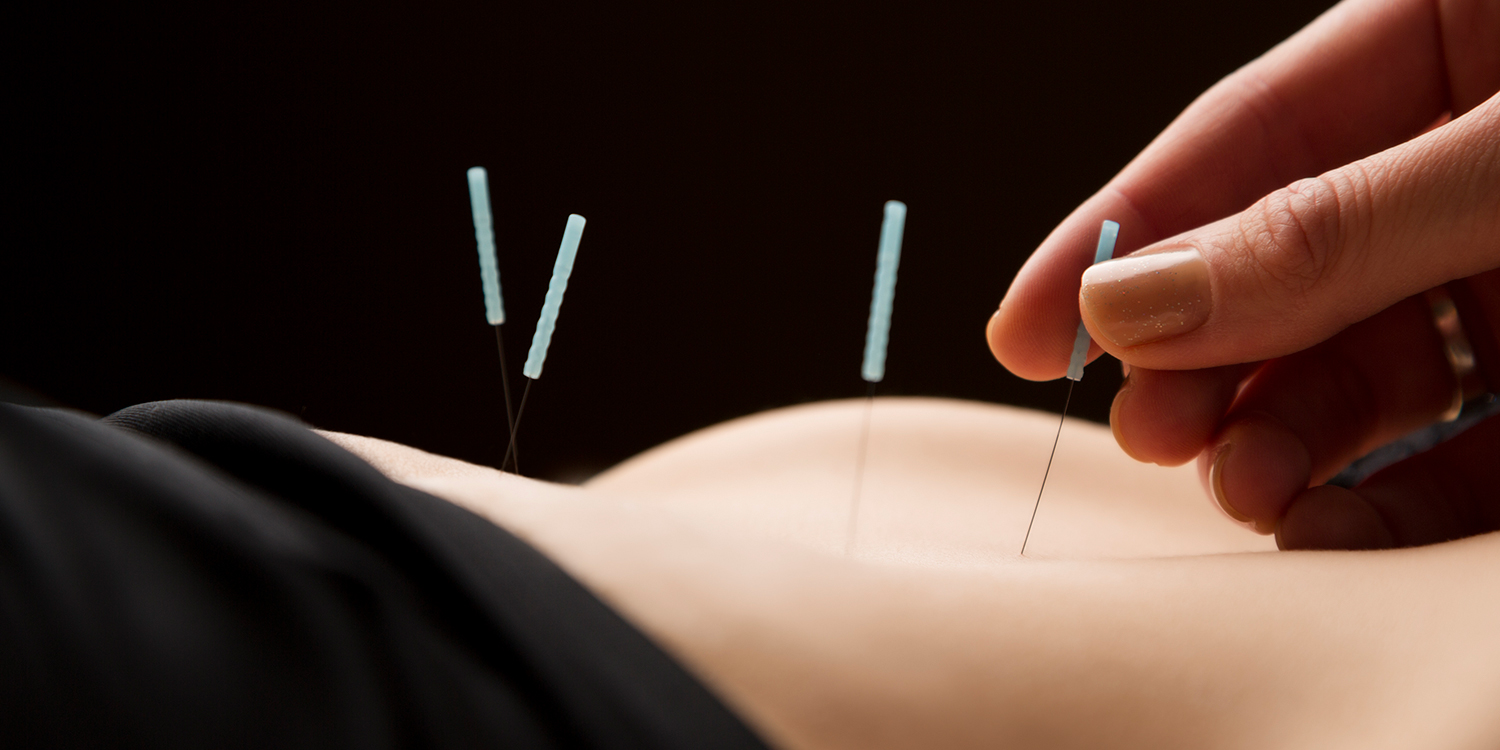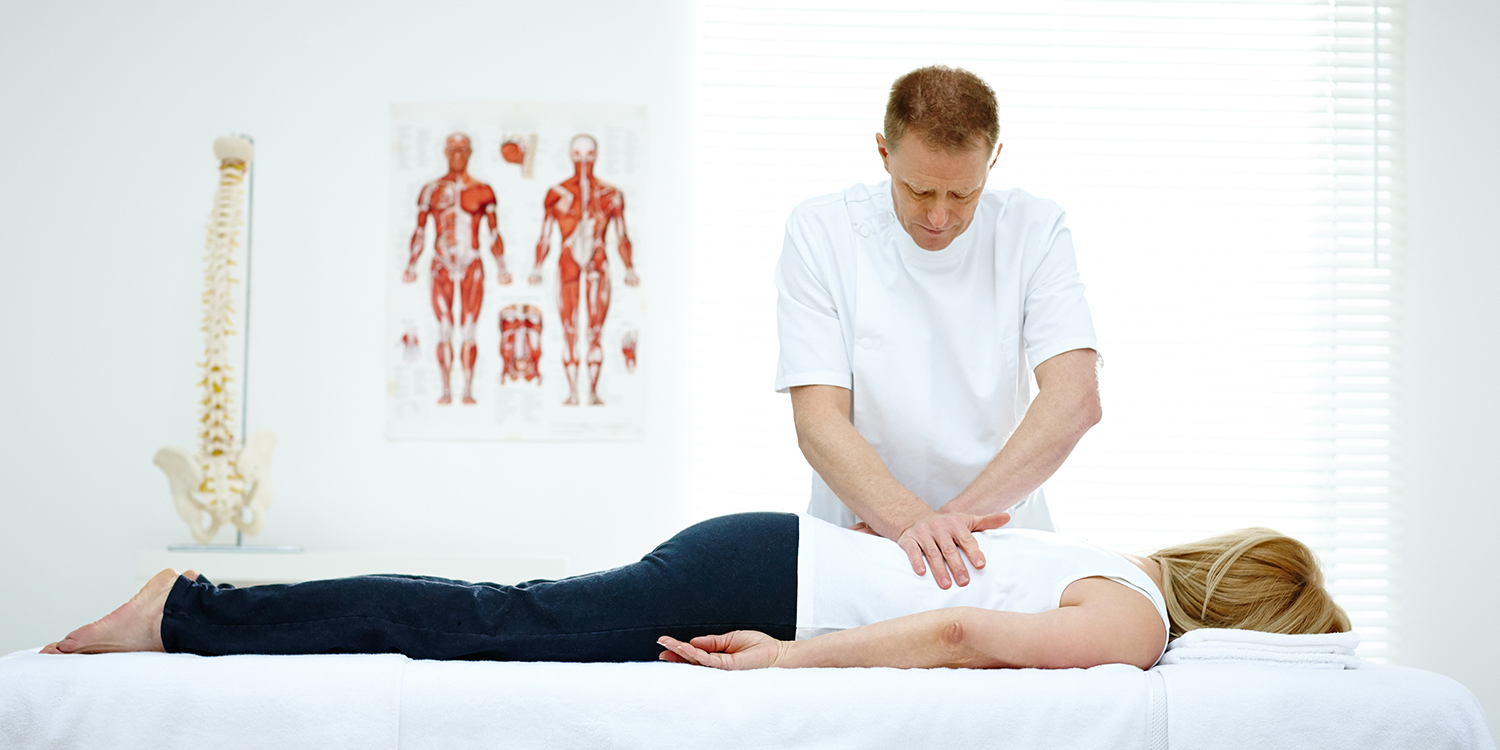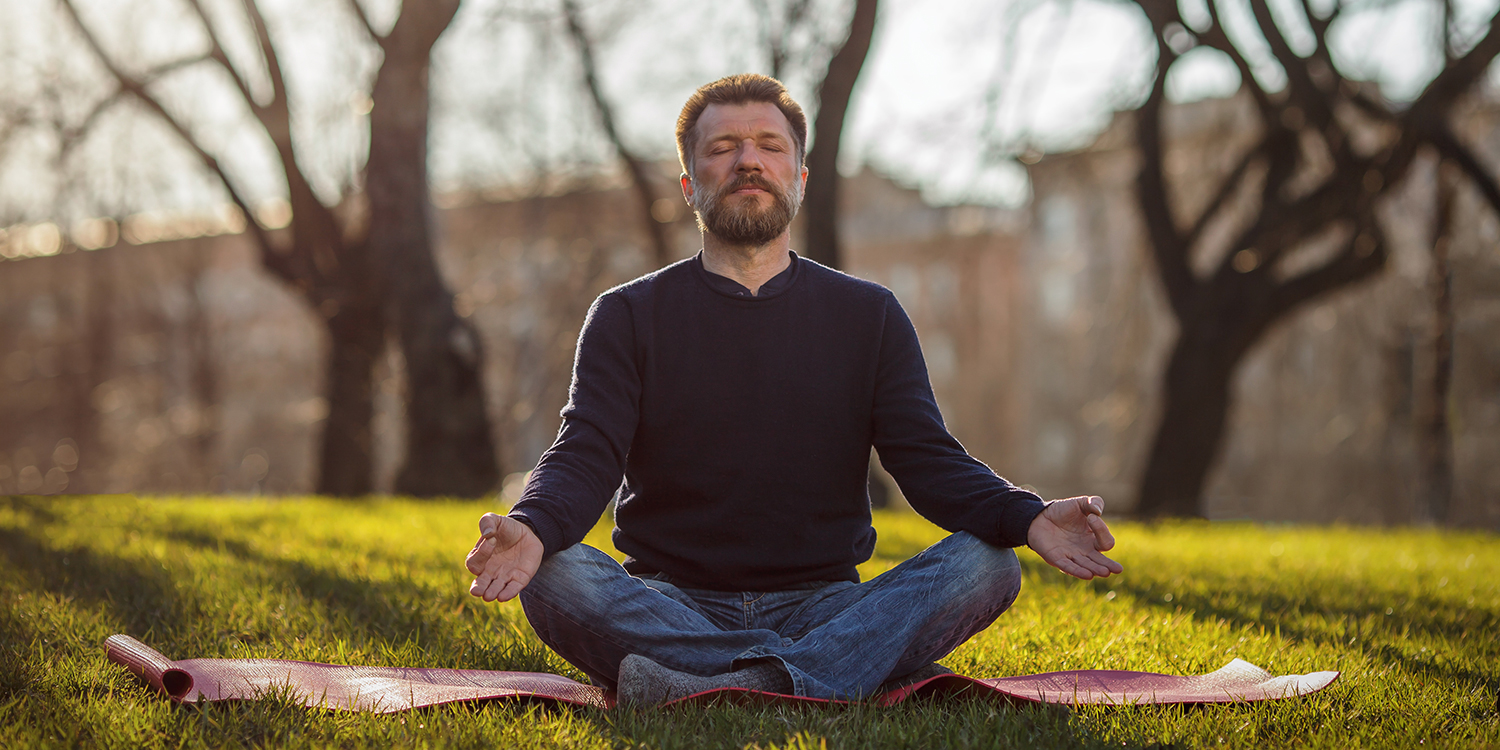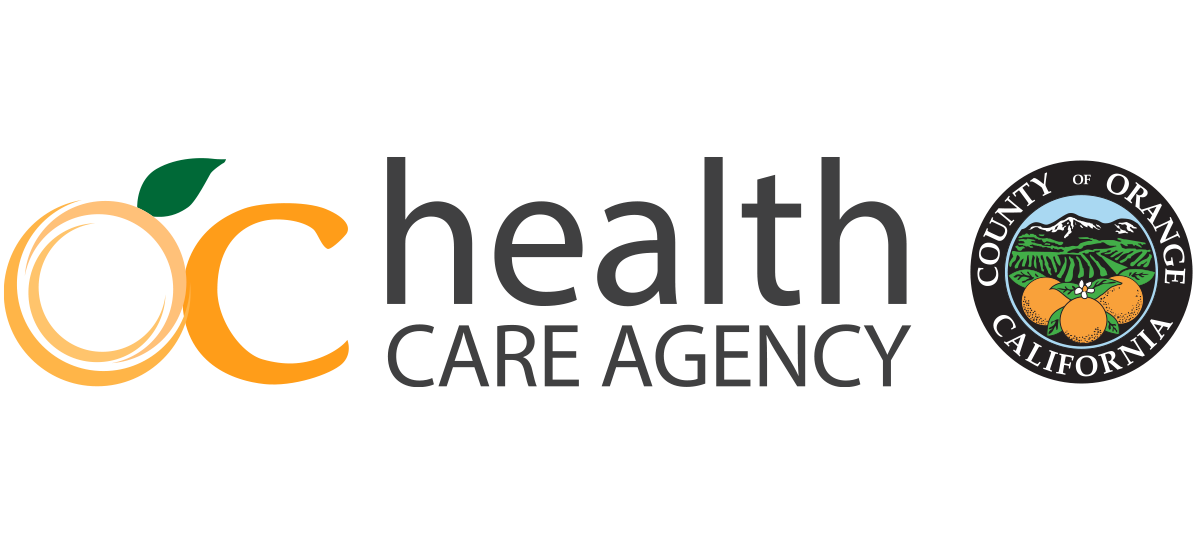How to Manage Pain Without Opioids
Interested in reducing pain without the risks that come with prescription opioids? There are many alternatives that may work for you. This is especially true of long-term, chronic pain, which opioids are not meant to treat. Try the following options to more safely navigate your road to recovery – you may find that they’re better at relieving your pain than prescription opioids, while also having fewer risks and side effects.

1. Physical therapy
Physical therapy can be one of the safest ways to manage long-term pain. Physical therapists look for weak or stiff areas and treat them with certain movements and exercises to help you move better and feel stronger.

1. Physical therapy
Physical therapy can be one of the safest ways to manage long-term pain. Physical therapists look for weak or stiff areas and treat them with certain movements and exercises to help you move better and feel stronger.
2. Exercise
Aerobic, strengthening, and stretching activities can help alleviate chronic pain by improving your pain threshold. Be sure to check with a trainer to recommend exercises that are safe and effective for your condition.


2. Exercise
Aerobic, strengthening, and stretching activities can help alleviate chronic pain by improving your pain threshold. Be sure to check with a trainer to recommend exercises that are safe and effective for your condition.

3. Heat and ice
Heat relaxes stiff joints and muscles, while ice numbs sharp pain and reduces inflammation. Use an ice pack, a heating pad, or even a warm or cold bath to help manage your pain.

3. Heat and ice
Heat relaxes stiff joints and muscles, while ice numbs sharp pain and reduces inflammation. Use an ice pack, a heating pad, or even a warm or cold bath to help manage your pain.
4. Acupuncture
Acupuncture is a form of alternative medicine and a key component of traditional Chinese medicine. It can relieve pain by releasing endorphins to specific parts of the body. It is considered non-invasive and gentle and can be an effective treatment for back, neck and osteoarthritis pain.


4. Acupuncture
Acupuncture is a form of alternative medicine and a key component of traditional Chinese medicine. It can relieve pain by releasing endorphins to specific parts of the body. It is considered non-invasive and gentle and can be an effective treatment for back, neck and osteoarthritis pain.

5. Chiropractic care
Similar to physical therapy, chiropractic works to strengthen the structure of the body. Chiropractors use “spinal manipulation” to realign the body to reduce discomfort and improve function.

5. Chiropractic care
Similar to physical therapy, chiropractic works to strengthen the structure of the body. Chiropractors use “spinal manipulation” to realign the body to reduce discomfort and improve function.
6. Meditation
By activating and reinforcing the areas of the brain used for pain processing, mindfulness meditation can help reduce pain intensity. A typical meditation involves scanning your body, acknowledging areas of discomfort, and letting go of them. Meditation can also soothe some of the anxieties that come with chronic pain.


6. Meditation
By activating and reinforcing the areas of the brain used for pain processing, mindfulness meditation can help reduce pain intensity. A typical meditation involves scanning your body, acknowledging areas of discomfort, and letting go of them. Meditation can also soothe some of the anxieties that come with chronic pain.

7. Cognitive behavioral therapy
Meeting with a mental health therapist can help patients develop a goal-directed approach for managing pain. Therapy patients learn how to modify their physical, behavioral, and emotional triggers of pain and stress.

7. Cognitive behavioral therapy
Meeting with a mental health therapist can help patients develop a goal-directed approach for managing pain. Therapy patients learn how to modify their physical, behavioral, and emotional triggers of pain and stress.
8. Over-the-counter relief
Non-opioid pain medications can be used as a supplement to other pain management plans. Over-the-counter pain relievers such as acetaminophen, ibuprofen, naproxen and aspirin can be a safe and effective way to reduce pain without the risks of prescription opioids.


8. Over-the-counter relief
Non-opioid pain medications can be used as a supplement to other pain management plans. Over-the-counter pain relievers such as acetaminophen, ibuprofen, naproxen and aspirin can be a safe and effective way to reduce pain without the risks of prescription opioids.
